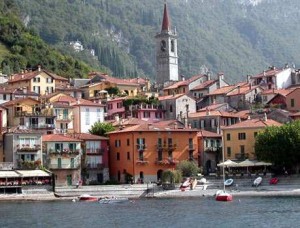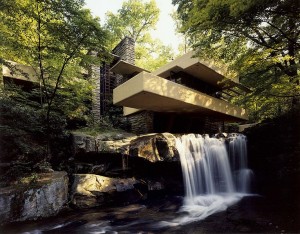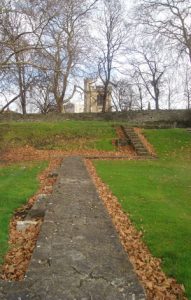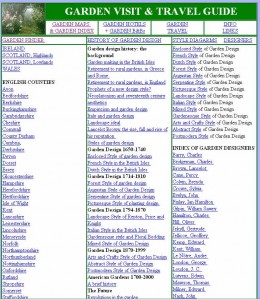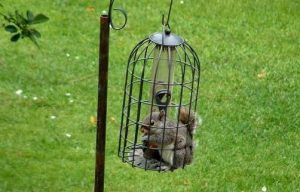In their paper ‘Being Here – Attitude, Place and Design for Sustainability’ presented at the Allemandi Conference Craig Badke and Stuart Walker discuss the the difference between ‘having’ and ‘being’ for sustainable design.
In these two examples, the historic town of Verrena on Lake Como and Frank Lloyd Wright’s modern organic masterpiece ‘Fallingwater’, architecture and nature exist in a symbiotic relationship. Both respond to topography and stunning natural settings creating a strong sense of place. Note in both instances the use of outdoor terraces and potted plants to create transitional public/private spaces between the indoors and outdoors.
Having which implies ‘possession’ to some extent; depends on the ability to control of something external to oneself, whilst being rather suggests the ‘enjoyment’ of what is present to oneself without the need to possess it. It enables the person to exist in radical freedom in relationship to the environment; not to exploit the environment but to harmonise with it.
Surely it is possible to promote such an approach to our urban environments?

